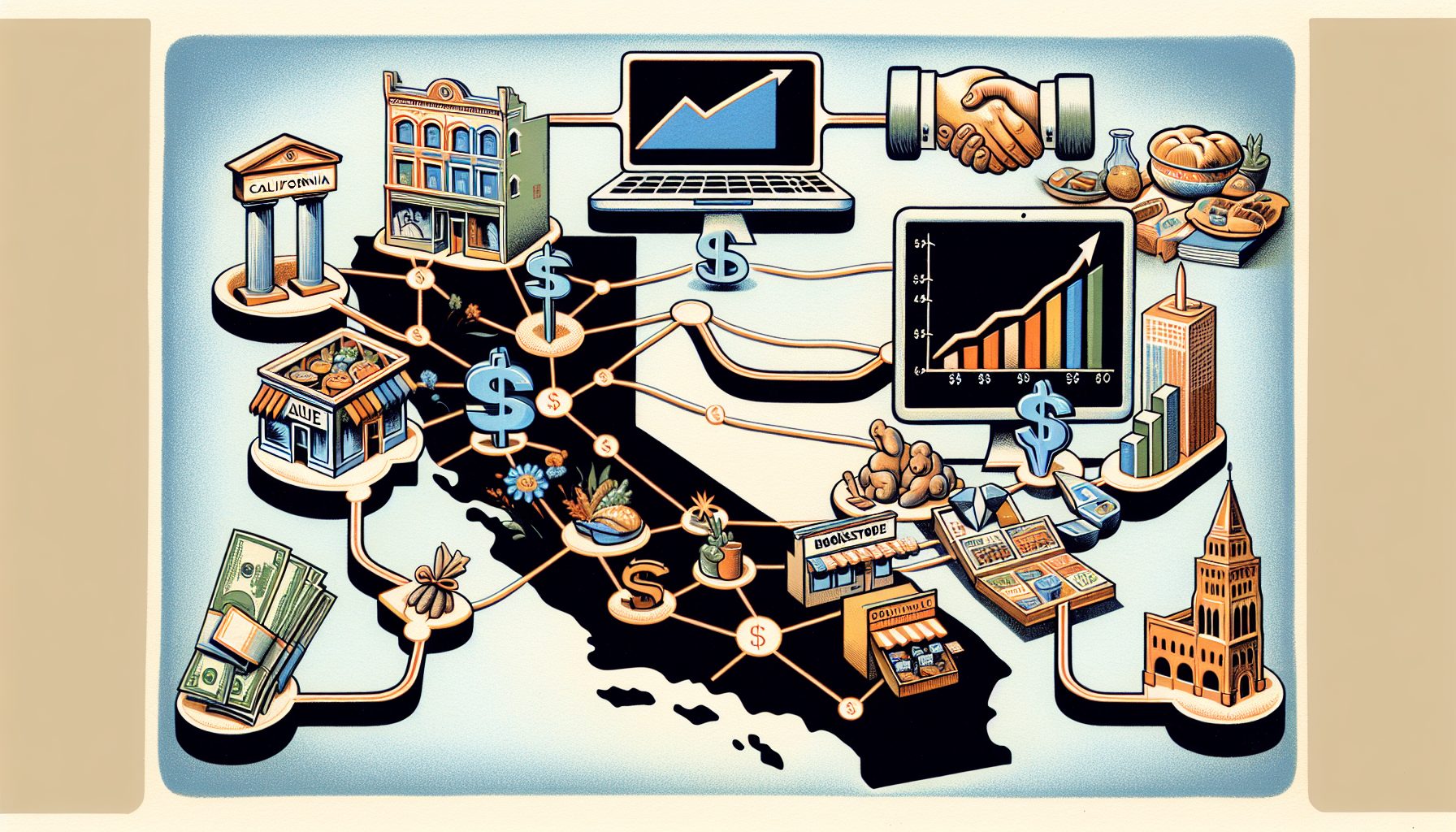
The exchange was scheduled to move back to downtown New York over Labor Day weekend, almost exactly two years after its operations were uprooted by the attacks on the World Trade Center.
Aided by $23.3 million in city and state reconstruction funds, the board will operate alongside the New York Mercantile Exchange (NYMEX) at a facility in Lower Manhattan along the Hudson River. The two exchanges are similar, although NYMEX trades energy and metals while NYBOT trades commodities such as cocoa, coffee, sugar and orange juice. The Mercantile Exchange vacated more than 13,000 square feet of space on its trading floor for NYBOT to install miles of cable, data centers and trading kiosks. That means two commodity exchanges, on one floor.
The trip for the plainspoken Brooklyn native and the New York Board of Trade began when Four World Trade Center was leveled in the Sept. 11, 2001 terrorist attacks. Executives such as Chief Information Officer Steven Bass literally walked over the Brooklyn Bridge on the way to NYBOT’s backup facility in Long Island City, Queens. At the time, 200 to 250 people worked at the NYBOT facility in the World Trade Center. Most were evacuated, but the exchange lost four members, who were at their offices in the towers when they fell.
That Bass was able to walk to a backup facility at all could largely be attributed to Gambaro’s doggedness. The 133-year-old NYBOT’s commodities contracts can be easily replicated by rivals in London and Chicago. For years, Gambaro had argued for a backup trading floor to be kept ready.
“Pat was always swimming upstream to get this done,” says Tom Ryan, a strategic account manager at SunGard, which has provided backup services to NYBOT for 12 years. “It’s almost like people who criticize cops—until they get mugged. Pat just knew this was the right thing to do” back in 1993, after the first attack by terrorists on the World Trade Center.
The backup site that NYBOT has used since 9/11 is modest. The trading pits have stained maroon carpets and monochrome screens. Yet the cramped trading floor has kept NYBOT afloat for two years.
“People keep looking at us and saying, ‘Wow, you really pulled this off,’ but it was really common sense,” says Gambaro, 57. “If I had a candy store and the candy store burned down, what am I going to do next? I’m going to protect the candy store in the future.”
Since Sept. 11, NYBOT had one small scare. The exchange wasn’t affected by the nation’s largest blackout on Aug. 14, but it was largely attributed to timing—trading was done for the day. The Long Island City site lost power and didn’t have backup generators. At its new site, however, the exchange will be better prepared—it has backup power.








